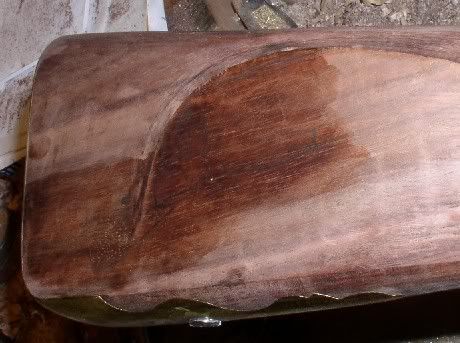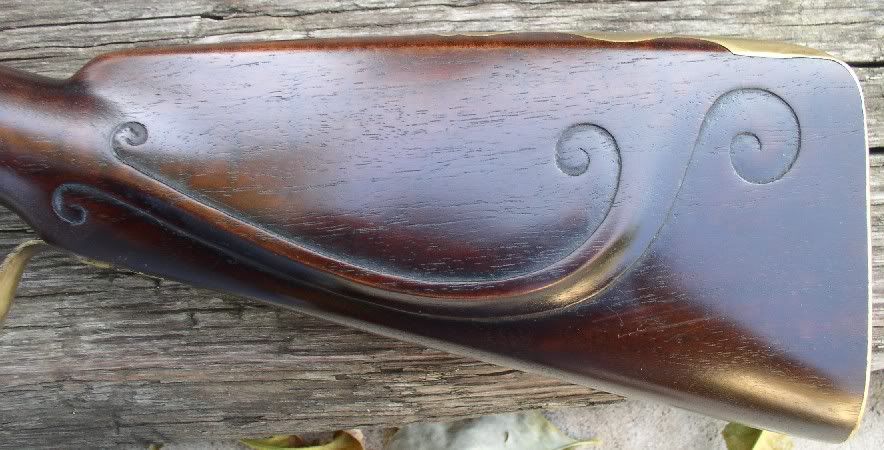alaskasmoker
40 Cal.
- Joined
- May 20, 2007
- Messages
- 185
- Reaction score
- 0
So, I figured Id try inletting that rear entry thimble first, while I wait for my mainspring vice to get here.
Somewhere along the way I got it off center as well as moved back to the but to much, SO to get it straight again means there will be gaps of the old inlay exposed.
I tried peening the thimble around a bit but ended up goobering that up. I dont really care about that though as that is only a 10 dollar part, But now I've got a huge boo boo in a 200 dollar stock!
Somewhere along the way I got it off center as well as moved back to the but to much, SO to get it straight again means there will be gaps of the old inlay exposed.
I tried peening the thimble around a bit but ended up goobering that up. I dont really care about that though as that is only a 10 dollar part, But now I've got a huge boo boo in a 200 dollar stock!







